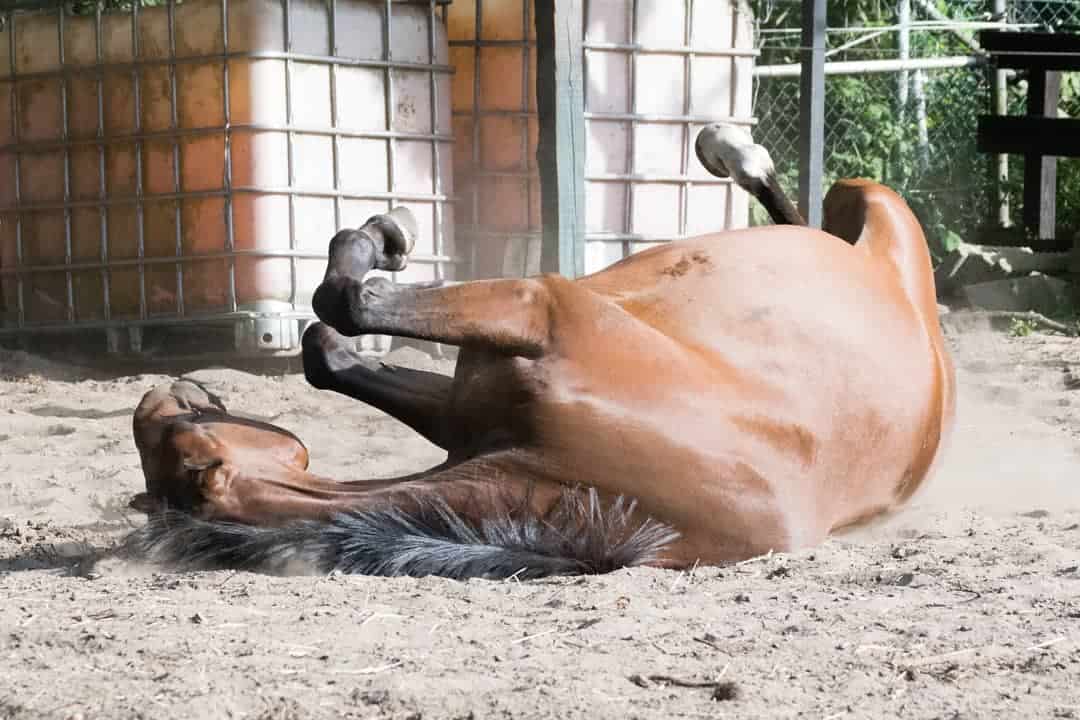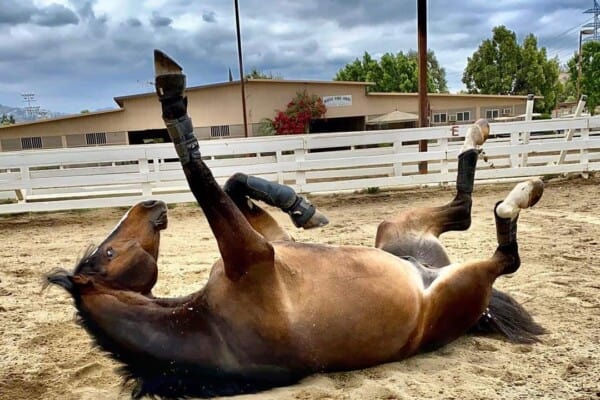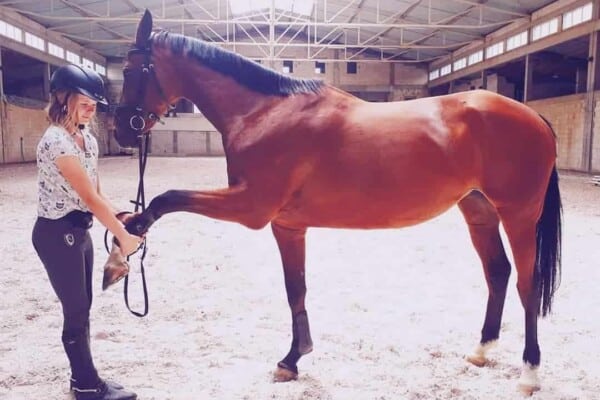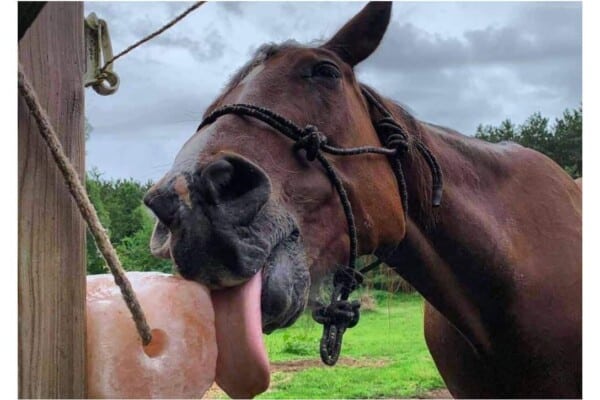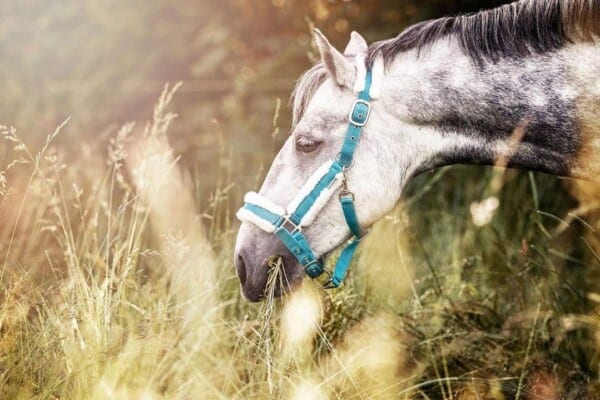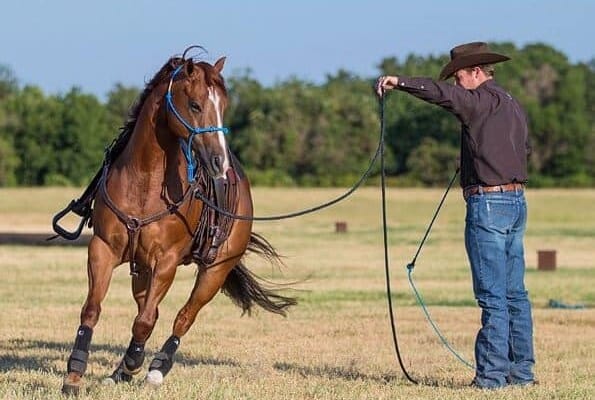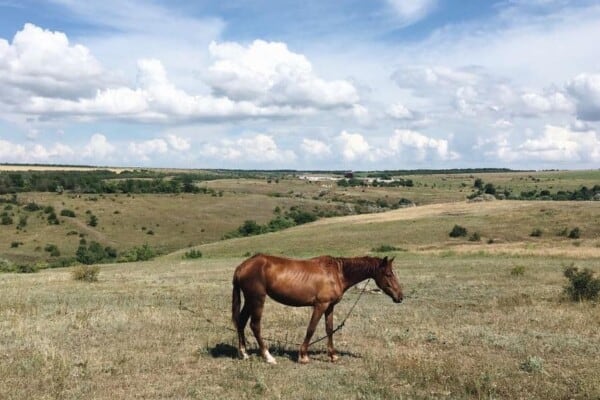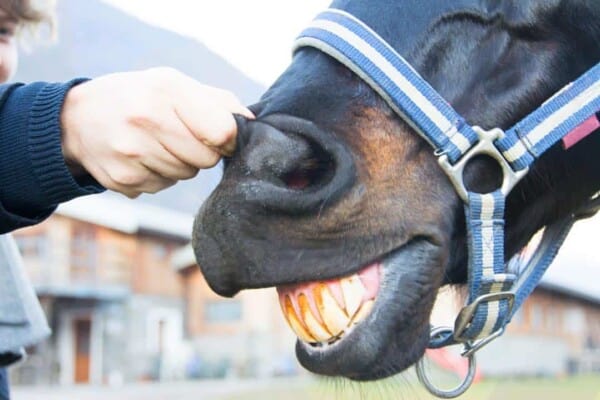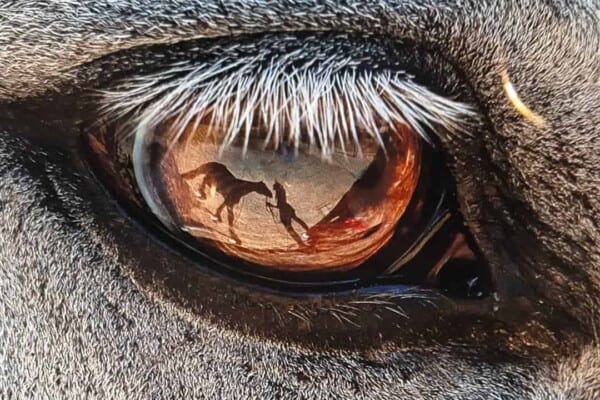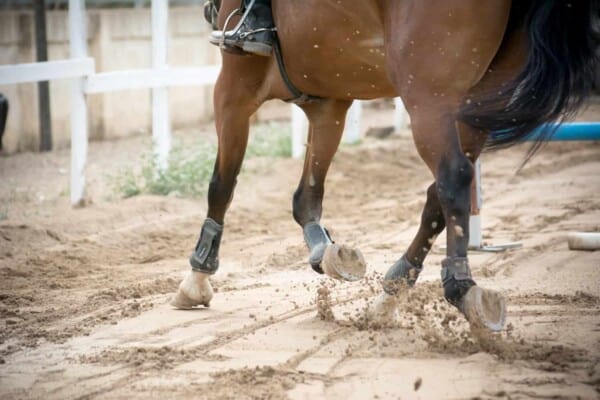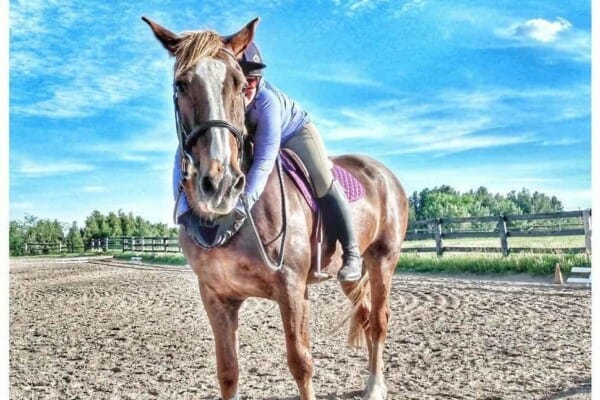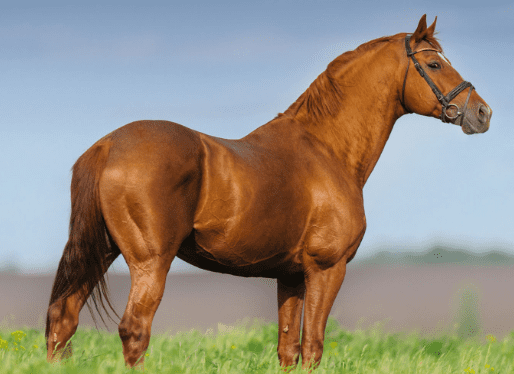One of the biggest fears of being a horse owner is to find out that your horse has colic. The term colic itself is quite vague and covers a wide range range of gastrointestinal conditions. The severity of your horse colic can vary greatly and can range anywhere from mild discomfort to a life threatening condition. Every horse has the ability to experience colic.
Horses have a complicated digestive system and the risk of colic can be increased by a variety of factors. However there are lots of treatment options available and simple steps that you can take to reduce the risk.
Types of Horse Colic
Spasmodic Colic: This is the most common form of horse colic. Spasmodic Colic results manifests as intestinal cramps or spasms.
Gas Colic: Gas colic is an excessive build up of gas in the intestine of a horse
Twisted Gut: A particularly serious form of colic that is often life threatening.. Occurs when a part of the intestine twists on itself
Impaction Colic: Occurs when feed or food builds in the intestine and causes a blockage which can prevent the horse from passing dung.
Sand Colic: Horses living in sandy areas are more at risk of this one. Fine sand can build in the gut and result in Colic
Displacement/Entrapment Colic: Displacements occur when an area of the intestine moves from its normal location in the abdominal cavity to somewhere else,
Strangulation Colic: This form of colic occurs when the blood supply to an area of intestines is cut off.
Symptoms of Colic in Horses
The sings of horse colic are non specific and depend on the type of colic that the horse may have. Keep an eye out for unusual body language in your horse. The classic signs of colic are pawing and looking at their stomach but often the signs are much more subtle. If you suspect that your horse has colic you should waste no time in contacting the vet. More issues or a mild colic can quickly become severe if left untreated for a prolonged period. Here are some of the most well known signs of colic:
- Pawing the ground
- Lying on their back
- Persistent looking at/kicking of flank
- Excessive tail swishing
- Loss of appetite
- Uncharacteristic dullness
- Repeatedly lying down and throwing themselves to the ground
- Excessive Rolling
- Sweating excessively
- Bloodshot eyes
- Increased breathing rate
Treatment
In order to treat colic effectively it is important to first diagnose the type of colic from which the horse is suffering. Once the vet has examined the horse and confirmed the presence of colic they may recommend one or a number of the following treatments.
Pain Relief : Just like humans, pain relief is the first form of treatment for colic. Pain relief on its own may be sufficient if the vet thinks that the colic will resolve itself on its own.
Surgery: In cases such as twisted gut and strangulation surgical intervention is often the only option. The decision to do surgery will depend on a number of factors such as the horses age and ability to recover.
Antispasmodics: Used to treat Spasmodic Colic. Some horses have over-active spasming intestines and this medicine can help reduce occurrences of this condition.
Laxatives: Laxatives may be prescribed in order to help a horse pass dung. This is usually done if a horse is suspected of having Impaction Colic
Prevention
- Feed your horse on a regular schedule (including weekends and holidays)
- Ensure that your horses get adequate exercise. This helps them to better digest their food and is good for their overall health.
- Avoid making sudden changes to their diet. Slowly introduce a new food or feed
- Ensure an adequate supply of clean fresh water.
- Ensure a correct balance of forage in their diet
- If possible try to discourage eating feed from ground to reduce amount of sand ingestion
- Conduct regular dental check ups to ensure that they can chew properly

